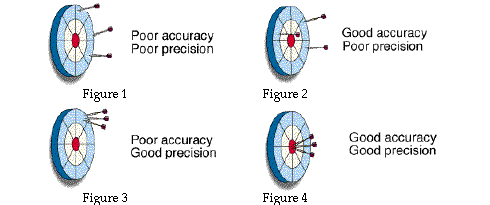
For the results, figures and tables must be clear so the readers. This manual provides the consensus that the scientific community and its. A good research paper has both qualities of good studies and good writing (Bordage. Read this article if you want to learn more about how to choose the right data visualizations to tell your data story. At the event, FAPESP presented the Code of Good Scientific Practice², whose fundamental principle is to define that every researcher must exercise their profession in the most appropriate manner to result in the best contribution to the advancement of science. Below are examples of the most common graph types that you can use for different data purposes. look at how tables and figures are laid out determine how detailed the. For example, if the goal of your figure is to explain a method, you will likely want to choose process-focused graph types such as flow charts, diagrams, infographics, illustrations, gantt charts, timelines, parallel sets, or Sankey diagrams. study is well planned, carefully thought through, and fully understood before. Each of these purposes should then lead you to select graph types. Basically, the study points out that you can get COVID-19 even if you follow all guidelines and orders, and stay away from others by at least 6 feet.

The most common purposes for scientific publications are to explain a process or method, compare or contrast, show a change, or to establish a relationship. Lets start with a figure from the first study - the 'good science': The figure illustrates that computer models of the COVID-19 epidemic must consider both contact and non-contact transmissions. Rule 1: Clearly Show the Main Purpose to Your Audienceįor every graph or figure you create, the first step is to answer the question: what is the purpose of my data? Clearly defining the main purpose of your scientific design is essential so that you can create and format the data in ways that are easy to understand. People hearing gossip good and bad about themselves, as well as negative gossip in general, showed more activity in the prefrontal cortex of their brains, which is key to our ability to.


 0 kommentar(er)
0 kommentar(er)
